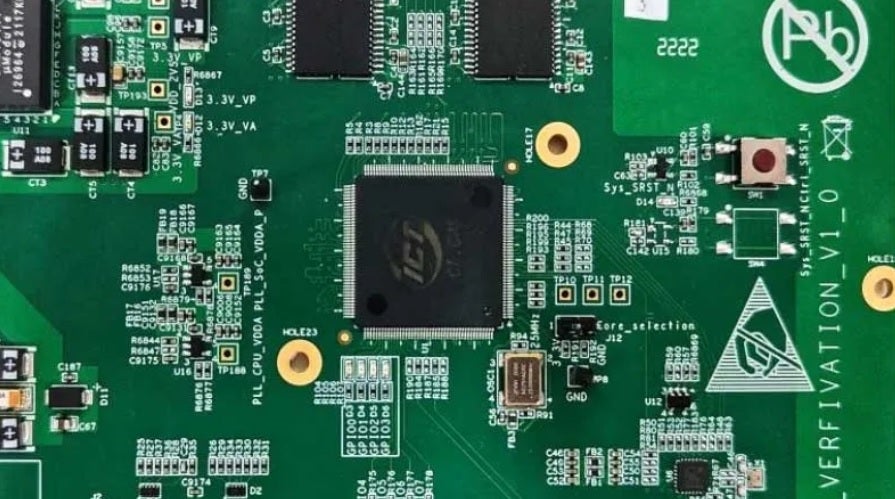The Intel i486 microprocessor from 1989 suitable with the QiMeng-CPU-v1 designed utilizing AI. | Picture credit-Intel
China has uncovered an AI system known as QiMeng that’s used to hurry up the event of chip designs. Massive Language Fashions (LLMs) are used to design whole CPUs and up to now, this AI course of has helped China create two processors. The QiMeng-CPU-v1, similar to an Intel 486, and QiMeng-CPU-v2, which is claimed to rival an Arm Cortex A53 used on decrease to mid-range gadgets.
Here is the factor. The Intel 486 dates all the best way again to 1989 though the v2, if certainly it does match the Cortex A53 in efficiency, can be a 23-year enchancment because the Cortex-A53 dates again to 2012. What can we make of that? The undertaking, run by the Chinese language Academy of Sciences (CAS), ought to have the ability to use AI to assist design a processor that is the same as one which has extra present specs. Reportedly, what QiMeng can accomplish in days are duties that take human groups weeks to do.
For instance, a chip made for a automatic-driving car might take weeks for a staff made from people to create. QiMeng might end the identical job in simply days.
Two of the highest chip designers within the Digital Design Automation (EDA) trade, Cadence and Synopsys, have used AI in necessary chip design steps of design and verification. Synopsys goes a lot additional than CAS. Synopsys.ai has helped within the design of over 200 taped out chips. A chip that has been taped-out has had its design finalized and is being despatched to the foundry to be fabricated.


AI created processor seems on a circuit board. | Picture credit-Chinese language Academy of Sciences
The LLMs characterize the expertise utilized by AI chatbots and QiMeng has appeared at a propitious time for China. With the U.S. pressuring main EDA companies to remain away from China, QiMeng’s ascension comes on the excellent time in China-when it’s wanted essentially the most. The nation has been in search of independence within the semiconductor trade. Nonetheless, EDA software program suppliers, together with the aforementioned Cadence Design Programs and Synopsys, and Siemens EDA have had new export controls positioned on their merchandise in China the place the trio generated 82% of EDA income within the nation.
Whereas the aim of creating QiMeng was to cut back prices, pace up growth cycles, and improve effectivity in comparison with utilizing guide strategies of chip design, QiMeng v3 would be the key. The following model of QiMengt will present whether or not the AI system can design a extra trendy processor and assist the Chinese language semiconductor trade make up for U.S. sanctions that can forestall main American EDA companies from doing enterprise within the nation. Synopsys, Cadence, and Siemens EDA now require licenses from the U.S. Commerce Division to do any enterprise in China.

